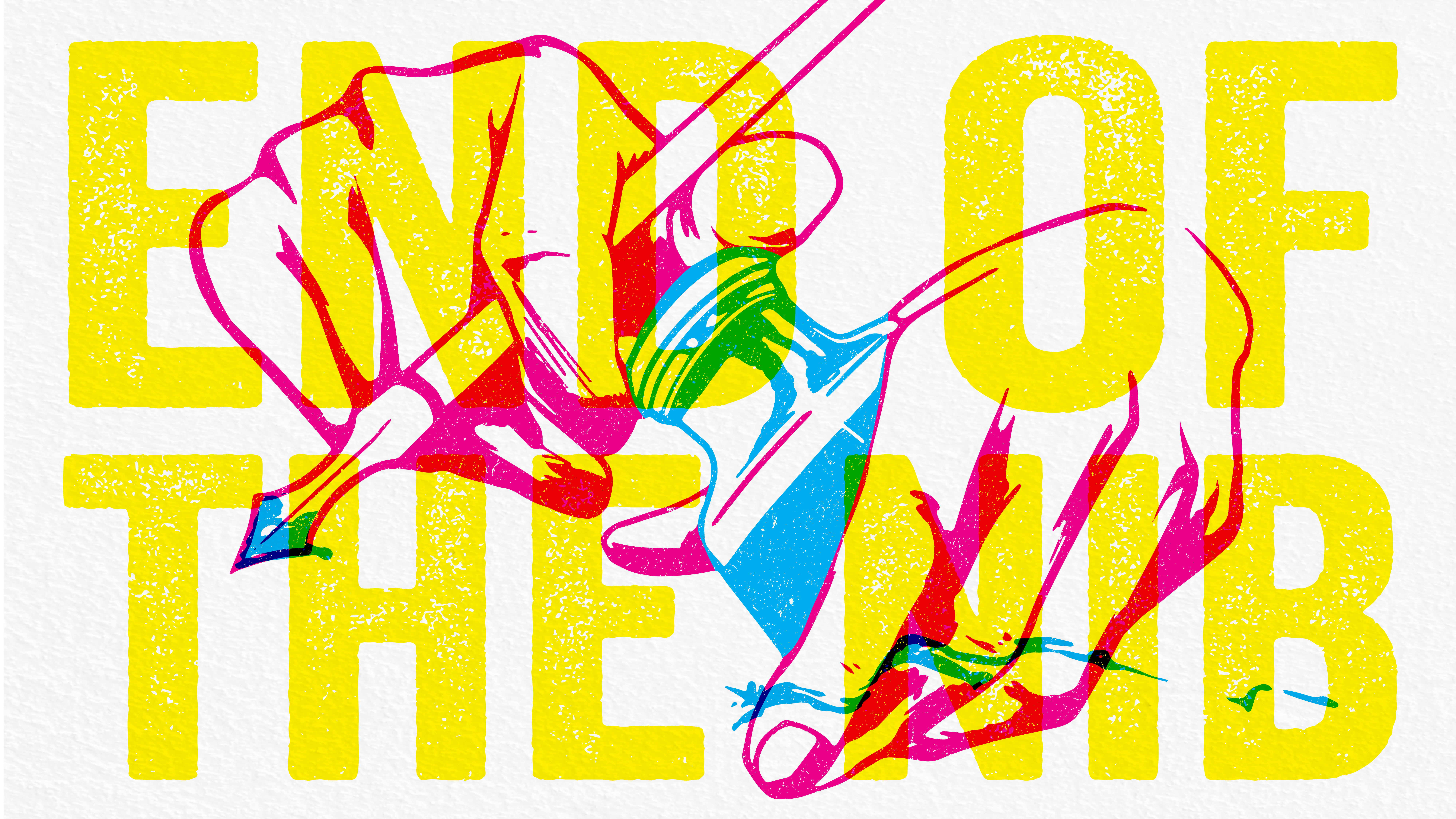By Brook Jonquil
I’m in Gregg Bordowitz’s Theory into Practice seminar. Over this past weekend, we had the pleasure of working with Paul Chan, a terrific artist who happens to also be an alum of the school. Chan’s discussions with us were framed around three points which he finds necessary for his work: A mockery of meaning, betrayal, and pleasure. We looked at some of his past work, such as his fonts, the Seven Lights project, and his recent video on the Marquis de Sade, through the illuminating framework of this triple lens. Chan has strong opinions on what art is and what it can accomplish, and the stakes are high. Art, he says, is what separates us from merely surviving. To have a claim to truth, the artwork must betray itself, and he must ultimately betray his own process. Chan distinguished normative form from emphatic form. Normative is the kind of fill-in-the-blank form that a lot of art takes, a jokey re-posing of an old set of problems using, say, a different set of materials, which demands immediate recognition. Emphatic form is for him far more interesting, it is the form in which the process and the instant are simultaneously present, and which rejects an easy understanding. Between the two, he says, only emphatic form has a claim to objective truth, while normative art may not really be art at all.





















